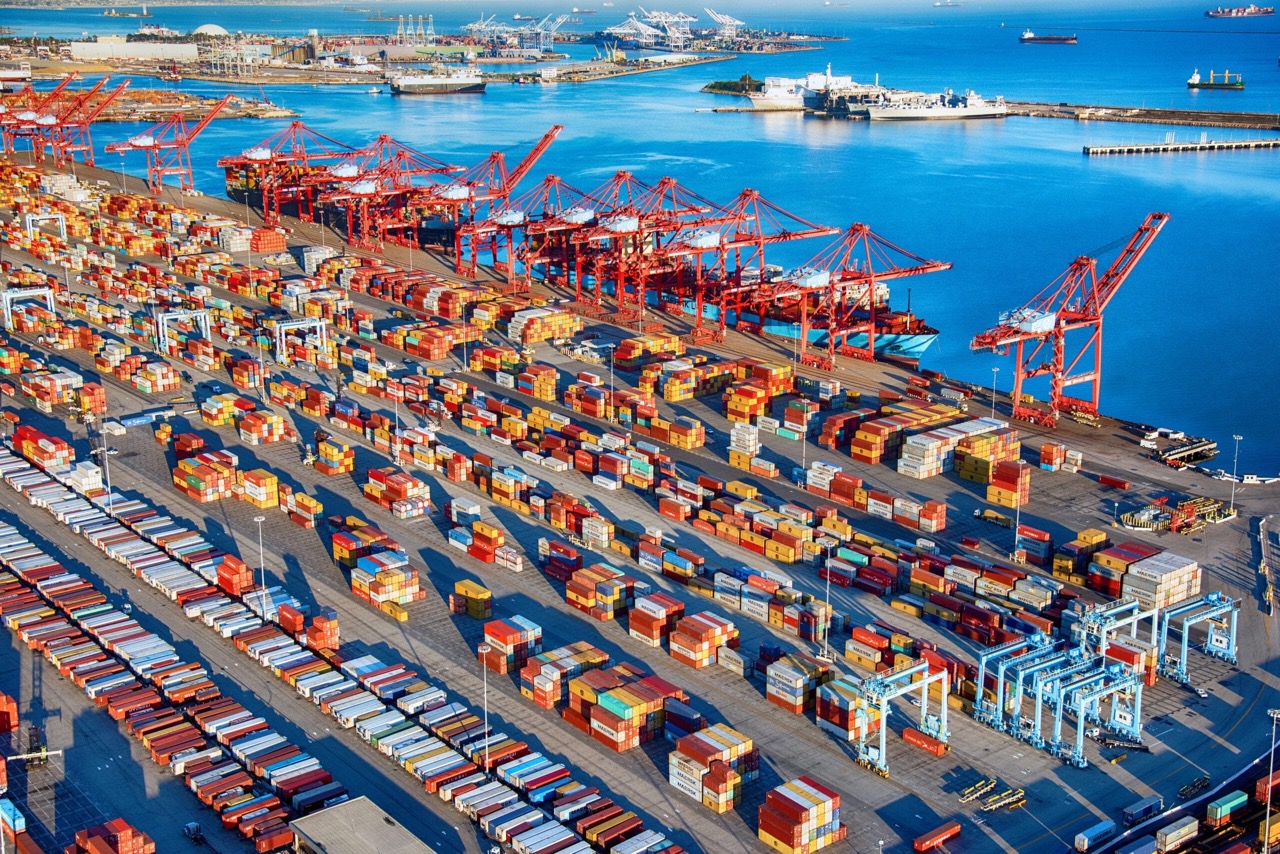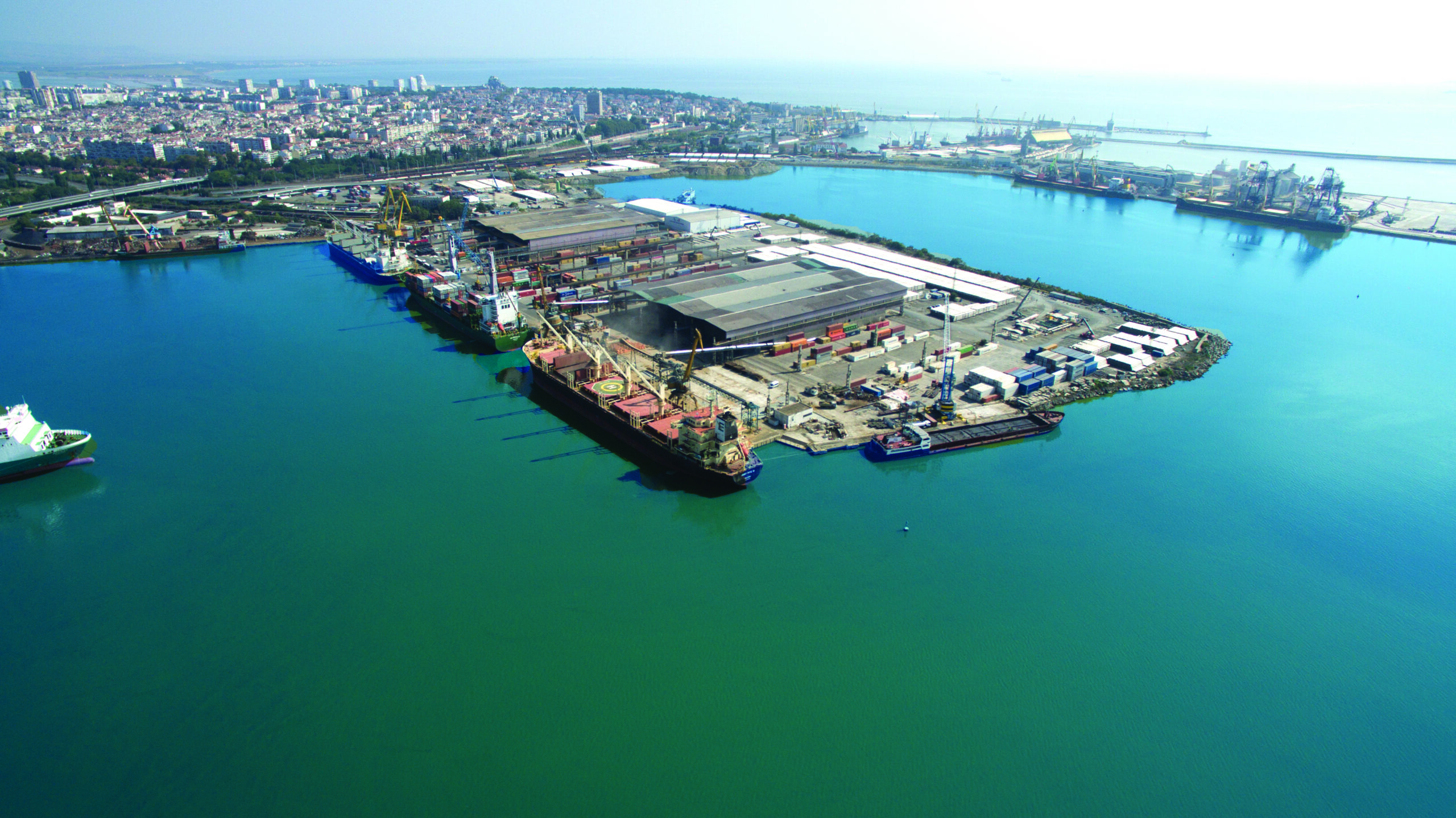What functions sales channels perform
A sales channel is the process of bringing a product to market. It is a chain of movement that ensures the delivery of goods to the buyer and the money for them to the manufacturer.
The channel performs the following functions:
- Research. Gathering information about competitors and suppliers, studying the target audience.
- Incentivising. Provides a system of customer incentives to increase sales.
- Contact. Establishing communication and maintaining feedback with consumers.
- Negotiate. Negotiating the terms of sale, including costs and packaging design.
- Organising. Responsible for the logistics process, managing the transport and storage of products.
- Financial. Cash flow management, cost recovery.
- Risk. Risk assessment and development of mitigation options.
Each of these functions is essential to implementing the sales organisation process.

Types of channels
There are three types of channels:
- Direct channel (zero length channel). In this case, the process is carried out without the services of intermediaries. The company uses its network or warehouse to sell its products. This channel also uses direct marketing tools, including a website, electronic mailing list or personal meetings. With this option, the manufacturer builds the distribution chain independently. However, they must carefully assess the risks and optimise internal processes.
The advantage of this channel is that you can get rapid feedback from consumers and communicate closely with them. You can also save money on the services of intermediaries.
- Indirect or direct sales. This involves intermediaries – dealers, retailers, delivery services and others – getting interested in the sale. There can be different levels in the process. For example, if the channel is short, the process consists of 2 stages. If it is long, the goods pass through 3 stages.
The manufacturer only deals with the production of the product in indirect sales. Intermediaries take over all other tasks. In this case, the company can quickly expand the sales geography and scale the business. However, working with intermediaries makes maintaining a flexible pricing policy difficult. It is also necessary to coordinate each step with all parties involved in the process.
- A combined channel unites the functions of the previous types. For example, the manufacturer sells products independently in a given territory. However, to reach a more significant number of buyers, it uses the services of intermediaries. This option makes it possible to increase sales volumes significantly, but it requires the creation of a complex system of sales through dealers and distributors.
One of the most important sales channel tools is the website. You can use it to generate leads that become customers as you move them through the sales funnel. A website can be either a multi-page site or a rental site. The main thing is that it fulfils its main functions.

















